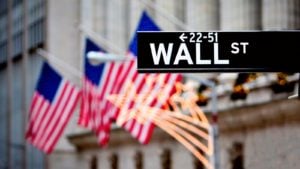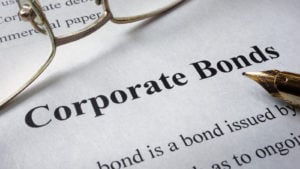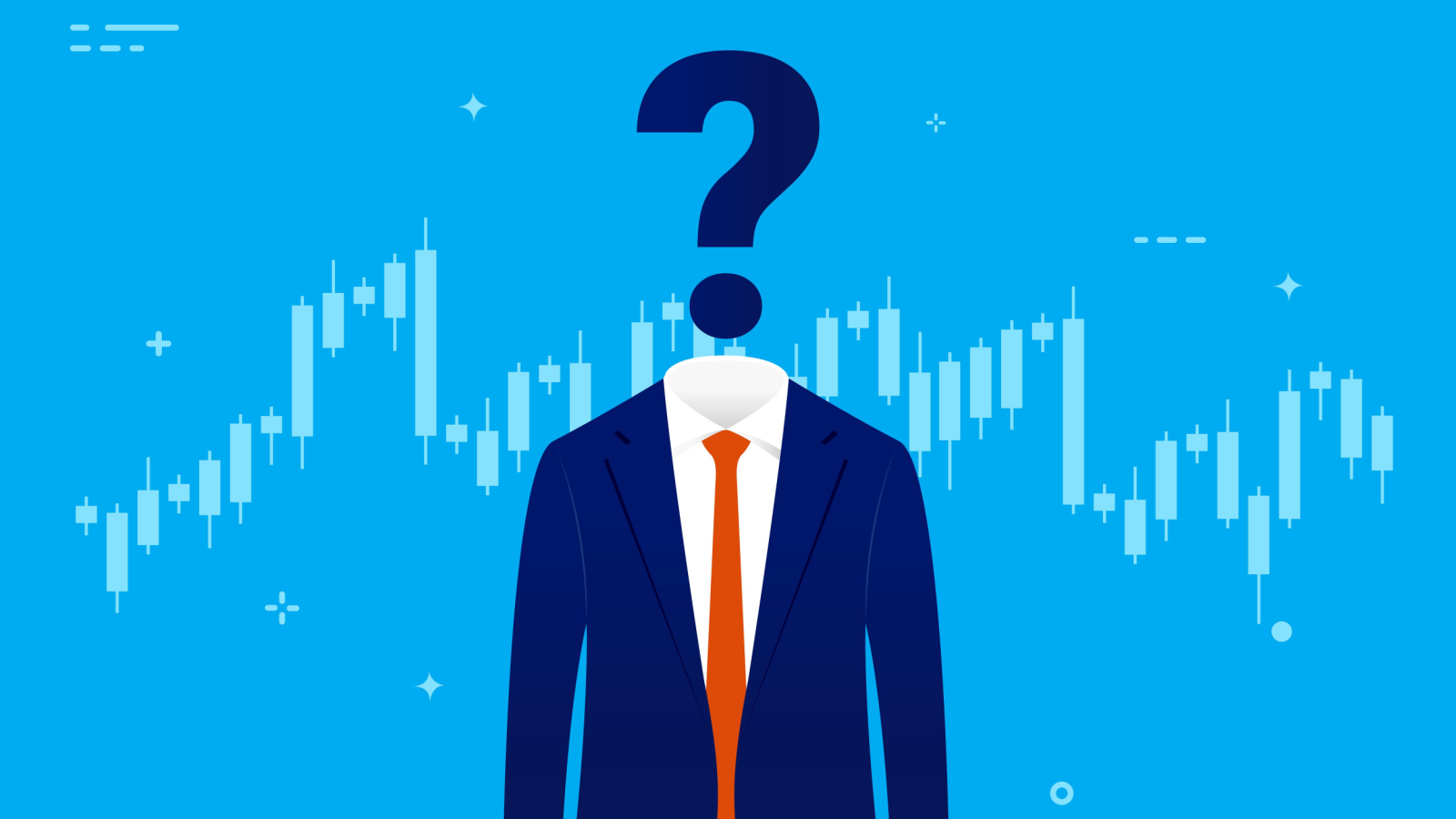I think that 2023 will hold multiple pleasant surprises. Indeed, my view is that, with inflation set to sink, bond prices likely to climb, and stock markets’ performance poised to surpass analysts’ average expectations, there should be many ways for investors to profit this year. Given my own largely positive macro outlook, I view stocks and bonds as among the top ways to invest your money in 2023.
However, for those who believe that a steep recession, an acceleration of inflation, and/or sharply rising interest rates are in the cards, I’ll include a few other options, including a currency, multiple commodities, and a couple of “alternative investments.”
Without further delay, here are eight top ways to invest your money in 2023.
U.S. Stocks

According to Mastercard (NYSE:MA), U.S. holiday sales jumped 7.6% year-over-year in 2022., with clothing spending climbing 4.4%, spending at restaurants soaring 15%, and overall online spending increasing 10.6%. Finally, overall “in-store spending” advanced by 6.8%.
The fact that most business-news media ignored this positive data doesn’t mean that it doesn’t exist or make it any less legitimate or impactful. And with inflation expected to tumble this year, the purchasing power of American consumers is likely to get stronger as the year goes on. Nor do I believe that the additional 0.7 percentage point to 0.8 percentage point by which the Fed expects to raise its benchmark rate this year will hurt consumer spending. If 4.25 percentage points of previous hikes didn’t derail consumers’ spending, it’s hard to see how another 0.7 percentage points to 0.8 percentage points of increases will do so.
Meanwhile, as of Dec. 23, 2022, the Atlanta Fed was predicting that U.S. GDP would climb by a huge 3.7% above inflation.
That data-driven forecast, along with the holiday-spending data, suggests that one of my macroeconomic theories is accurate: in the absence of a big shock, like 9/11 and a hemorrhaging of tech stocks that hit the U.S. in 2000-2001, the near-collapse of the banking sector in 2008, or a pandemic, the U.S. labor market is the key factor that controls the American economy. Not the Fed.
So, as long as investors avoid names with significant exposure to the doomed crypto sector, along with meme stocks and consumer staple stocks that still have irrationally high valuations, they should profit handsomely from U.S. equities in 2023. Oil and many natural gas stocks may also be risky because of the rise of electric vehicles and renewable energy, along with the possible termination of the Russia-Ukraine War.
The Euro

The euro’s chart against the U.S. dollar has formed what appears to be a bullish, reverse head-and-shoulder pattern, as the EU’s currency fell from nearly $1.08 at the end of May to around 96 cents at the end of September and then rebounded to $1.065 as of the beginning of this month.
The combination of the ECB’s recent 0.5 percentage point rate hike, ECB President Christie Lagarde’s hawkish talk, and the EU’s better-than-expected adoption of losing access to Russian natural gas are all having a positive impact on the currency’s value.
Meanwhile, the central bank recently issued a relatively benign forecast for the eurozone. Specifically, the ECB expects the bloc to endure only “a short-lived and shallow recession in the euro area at the turn of the year.” Moreover, the bank predicts that the bloc will “avoid the need for mandated energy-related production cuts” for the next year. And it adds that “Over the medium term, as the energy market rebalances, it is expected that uncertainty will decline, and real incomes will improve.” Moreover, the ECB predicts that inflation will drop sharply to 3.6% in the fourth quarter of this year from 10% during the same period a year earlier.
All of those developments should be positive for the euro.
European Stocks

European stocks are attractive for many of the same reasons that the euro looks like a good investment. Specifically, the continent seems poised to have a relatively “short-lived and shallow” recession, while its energy and inflation issues appear to be coming under control., And, like the euro, European stocks could get a big boost from a potential end to the Russia-Ukraine War.
Additionally, indicating that the euro zone’s malaise is starting to lift, the bloc’s manufacturing purchasing manager’s index rose to 47.8 for December versus 47.1 in the previous month.
A number of other researchers and prognosticators appear to believe that European stocks are the top ways to invest your money in 2023.
In October, investment bank Lazard wrote that investors should look to buy European stocks on weakness in the coming months.
Meanwhile, research firm Morningstar believes that inflation in Europe is easing, a phenomenon that should boost the continent’s stocks going forward. It noted that European stocks are trading for just 12.4 times their earnings, and it thinks that multiple can climb to 14 times.
U.S. Corporate Bonds

U.S. inflation is widely expected to sink sharply to well below 4% by the end of this year, and it’s a good bet that cost pressures will ease further in 2024. Meanwhile, the bonds of many solid American companies are yielding 5%-6%. So medium-term and long-term corporate bonds seem like a great deal for income investors at this point. In other words, bond investors can now lock in rates that will be well above inflation rates over the long term.
And since interest rates tend to move in tandem with inflation, while bond prices rise when rates drop, U.S. bond prices are likely to surge in the coming years. So investors who buy medium-term to long-term corporate bonds now will probably be able to profit by selling them down the road.
Also contributing to making corporate bonds attractive is the fact that, with U.S. consumers and the economy remains resilient, default rates are likely to remain very low for American companies with solid businesses. Such firms should be able to handle elevated interest rates easily.
Preferred Stocks

Preferred stocks can be quite beneficial to income investors who are looking to use dividends to earn a regular income with little risk. Preferred stocks generally pay as much money out to their holders as bonds. But preferred stocks, more than bonds, allow investors to benefit from improvements in the economic environment. That’s because preferred stocks can and often do appreciate as the stock market climbs.
But on the other hand, preferred stocks’ dividends are considered more reliable and consistent than those of common stocks, while the volatility and risk of preferred stocks are considerably lower. Also worth noting is that the payouts of “many” preferred stocks are, for the vast majority of middle-class investors, taxed by the federal government at a rate of only 15%. (Those in the “highest tax bracket” pay 20%, while people whose ordinary income is taxed at a rate of 15% or less do not owe any tax on preferred tax dividends).
Conversely, interest from all bonds except municipal bonds is taxed as ordinary income by the federal government. Investors don’t have to pay federal taxes on municipal bonds, but municipal bonds generally provide much lower returns than preferred stocks.
Metals

With inflation easing, supply chains improving, and recession fears dissipating, the world looks set to become a calmer, more predictable place in 2o23. Many investors buy the U.S. dollar when the world is chaotic and unpredictable because they view the currency as a safe haven.
Therefore, as the world becomes less chaotic and more predictable, I expect the value of the dollar to drop. If the Ukraine-Russia War ends, the dollar’s value is really likely to sink a great deal.
A falling U.S. dollar is positive for the prices of commodities, including metals.
I’m most bullish on copper and silver because both are integral components of electric vehicles and solar panels. Of course, EVs and solar panels are rapidly proliferating around the world.
Additionally, both metals should benefit from relatively low supplies, while copper will probably get a big boost from China’s reopening.
Wine

For investors who are more skeptical about the outlook of the global economy, fine wine is one good option.
The prices of fine wines do not tend to rise and fall in tandem with the economy or with the stock market. And impressively, the prices of many fine wines have outperformed U.S. stocks by significant amounts in recent years. Also noteworthy is that the demand for wine has been strong for many centuries, and that trend is unlikely to end during the lifetimes of anyone living now.
Vinovest gives investors the ability to invest in fine wines and take physical custody of their wines if they choose to do so.
The company says that it enables investors to create “globally diversified wine portfolios based on [their] investing preferences. It reports that “Fine wine has returned 10.6% per year over the last 30 years.”
Fine Art

Like wine, fine art does not correlate with the economy or the stock market, and the prices of contemporary art have tended to rise more quickly than those of the stock market. The latter phenomenon has been true both in recent years and over the past two decades. Top-notch art is also seen as a good way to combat currency weakening and high inflation.
A company called Masterworks is enabling retail investors to buy portions of pieces of fine art. Investors profit from their purchases of these stakes when Masterworks sells its artwork, which it usually does in a period of three to ten years. The company’s aggressive marketing could also boost demand for fine art.
According to Forbes columnist David Rodeck, the “Platform provides good investment research on artworks and the contemporary art market.” He reports that investors must spend at least $10,000 on the platform’s offerings in order to join it.
On the date of publication, Larry Ramer did not hold (either directly or indirectly) any positions in the specific investments mentioned in this article. The opinions expressed in this article are those of the writer, subject to the InvestorPlace.com Publishing Guidelines.
